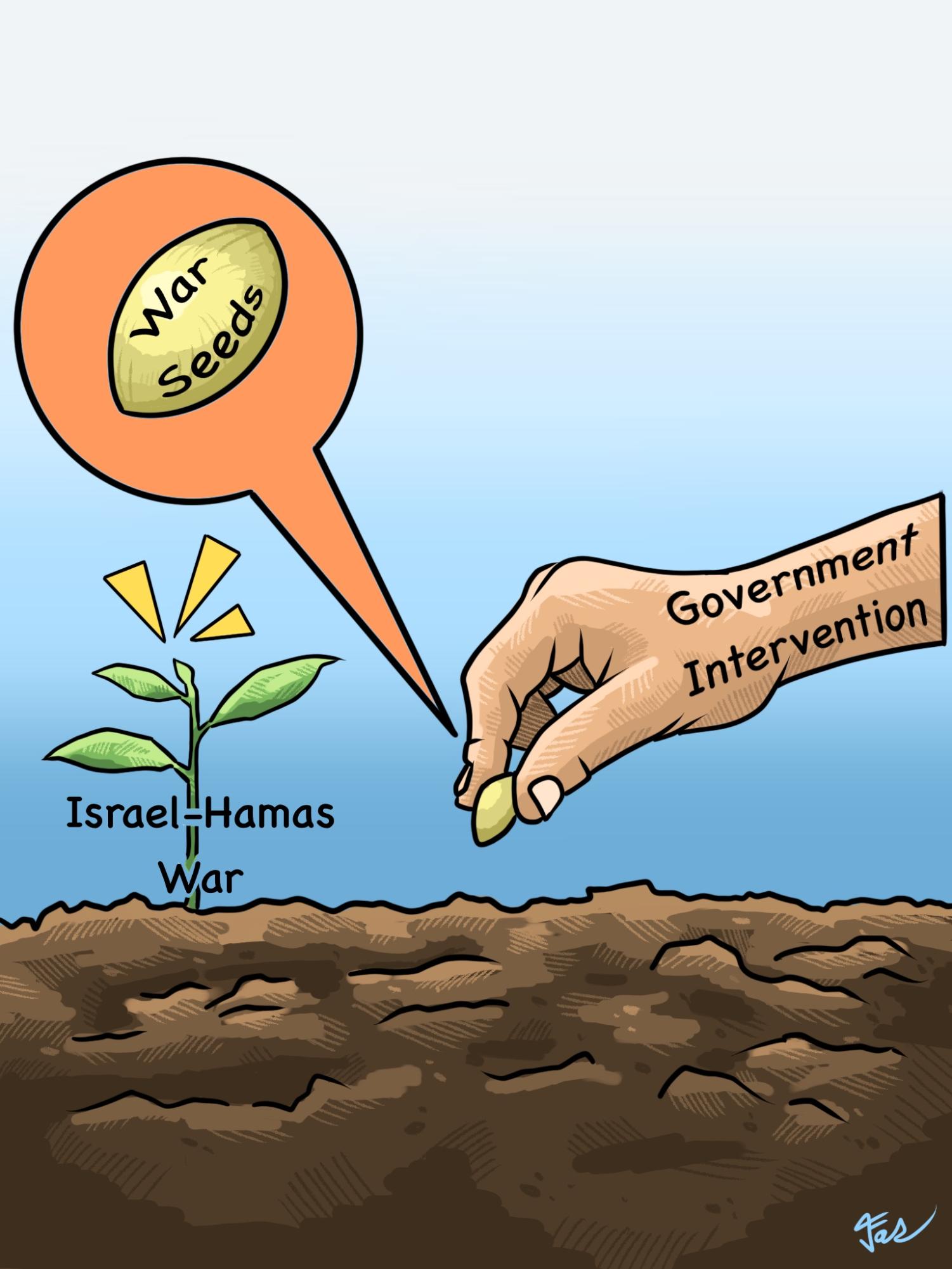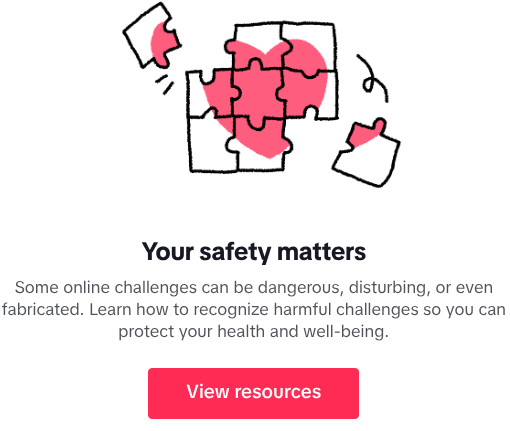
The resolution of the war in Gaza is life or death. By December 7th, the death toll in this 25-mile-long and 6-mile-wide stretch of land was already up to 15,000, with an additional 6,000 individuals missing, many of whom were/ are innocent civilians. Predictions convey these numbers will grow exponentially if the conflict continues, as the intense battles are creating increasingly hazardous situations for the transport of critical humanitarian aid to the civilians in Gaza and the surrounding territories. The war in Gaza not only poses grave environmental and public health risks but also holds the possibility for economic collapse, as “initial estimates… [of] the cost of the war in terms of aggregated lost Gross Domestic Product (GDP) may amount to up to about US $10.3 – $18 billion” if the conflict continues, with millions of refugees needing humanitarian assistance fleeing into surrounding nations (“Neighboring countries in the Arab States region face socio-economic downturn from the war in Gaza, new rapid assessment shows”). Poverty levels in nations surrounding Gaza are also quickly intensifying. Predictions estimate an increase from over two hundred thousand to an expected half a million individuals in poverty with continued conflict, worsening the social and economic strain on the weakened systems within Middle Eastern nations, forming the possibility of a broader bloody conflict.
The United States was part of a severe minority in the United Nations who voted against a ceasefire, though they held valid concerns. Secretary of State Antony Blinken explains how Hamas will not yield and has the intent to repeat their October 7th attacks “again and again if given the opportunity” (“Cease-fire would ‘perpetuate the problem’ in Israel-Hamas war: Antony Blinken”). He states that a ceasefire would only “perpetrate the problem” as Hamas would not agree to the solution in the first place, or make this conflict an ongoing issue, arguing the pauses in the fire are sufficient to protect civilians and allow for an influx of humanitarian aid (“Cease-fire would ‘perpetuate the problem’ in Israel-Hamas war: Antony Blinken”).
Unfortunately, these pauses will not allow for the necessary results to spare Gaza from continuing to hold the title of the deadliest place in the world. Already “over 90 percent of the water in Gaza has been deemed unfit for human consumption”, with hundreds of thousands of individuals still in the war zone (“Health in the Gaza Strip”). Israel cannot build their security against Hamas during an active conflict, nor can it do so if the results of this conflict push Israelis and Palestinians into crippling poverty and socioeconomic ruin.
The cleanest solution for a resolution is an immediate ceasefire, as it will not only save millions of lives and livelihoods but will also allow Israel to prepare for other possible attacks from Hamas without displacing millions and straining other countries. We must prevent this ship from sinking, for if we don’t, it will become a greater devastation, and the whole world will quickly feel the cold consequences.





